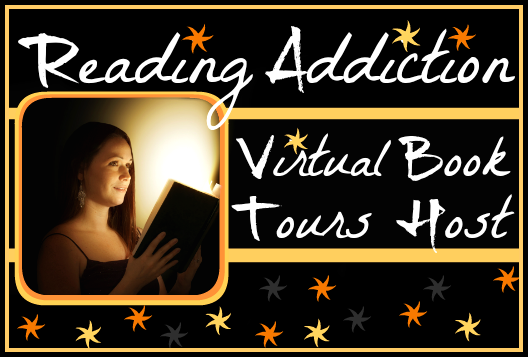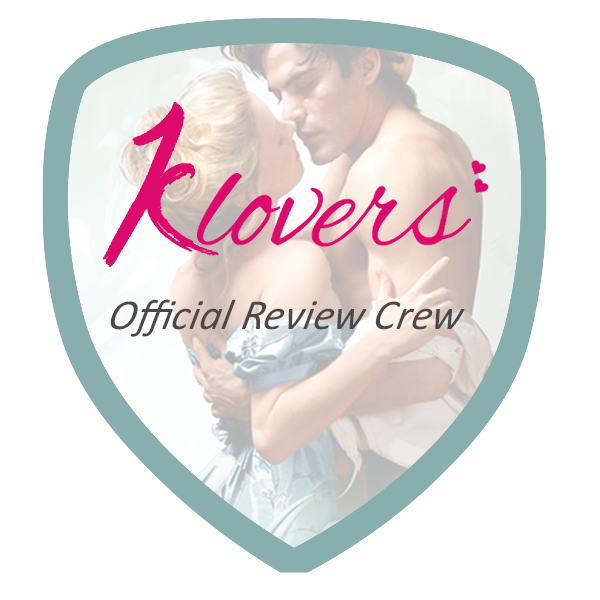Anxiety, Depression, and Adolescent Mental Health
Nonfiction, Self-Help, Health & Wellness, Parenting
Publication Date: November 8, 2023
Publisher: MindStir Media
Want to transition from childhood to adulthood successfully? Discover how
to empower yourself for a bright future.
Are you looking for help navigating the ups and downs of being a teenager?
Do you have a son or daughter going through growing pains? Hoping to avoid
the pitfalls of emotional, psychological, and social challenges unique to
young adults? As two experts in the field, multi-award-winning author Eichin
Chang-Lim, OD, MS, MA and international psychologist Lora L. Erickson, PhD,
LCPC, LMHC-QS, LPC have come together in a crucial collaboration. And now
they’re here to share how you can take charge and live your best life.
Talking About Adolescence: Anxiety, Depression, and Adolescent Mental
Health is an inspirational and easy-to-digest resource that explores top
issues affecting young minds. Through a direct conversational style and
engaging visuals, Chang-Lim and Erickson carefully walk you through each
essential topic while providing healthy coping skills and habits to help you
consistently make good choices. Equipped with the tools to succeed, teens,
parents, and guardians will confidently look forward to a life of
fulfillment and happiness.
In Talking About Adolescence, you’ll discover:
– Passionate and well-researched information that can transform lives
– A great start to productive dialogue that will allow parents and
educators to connect with teens
– How to triumphantly wade through the traps of social media
– Ways to eliminate the stigma of mental illness so any young person can be
comfortable seeking support and treatment
– Key strategies to tackle self-harm, panic attacks, bullies, childhood
trauma, substance abuse, neurodiversity, and much, much more!
Talking About Adolescence: Anxiety, Depression, and Adolescent Mental
Health is the must-have guide to thriving during those formative years and
is the first book in the Talking About Adolescence series. If you like
life-changing knowledge, learning more about yourself, and gaining control,
then you’ll love Eichin Chang-Lim & Lora L. Erickson’s comprehensive
handbook.
Buy Talking About Adolescence to find self-empowerment today!
EXCERPT
Recently, I watched a news clip of Good Morning America in which Selena Gomez was interviewed about her mental health journey. She, her mother (Mandy Teefey), and Ms. Daniella Pierson founded a website called Wondermind (https://www.wondermind.com) with the desire to help others achieve mental health. I cannot honestly say I endorse this site as of this moment because it’s too new, but I applaud their noble goal of creating “a world where caring for your mental health is democratized and destigmatized.”
The key and powerful words/concepts to emphasize here are “democratize” and “destigmatize.” Mental pain is invisible, yet real. We seek to strengthen physical health; why not treat our mental health the same? If society could embrace the ones suffering from mental illness, those who bear the mental and emotional pain would not have to feel like covering it up and going through the pain silently and alone. Don’t you think so?
In part 1, I will highlight adolescents’ most common mental challenges: depression, anxiety, disordered eating, addictions, and some related conditions. For anyone struggling with mental health issues, please seek help. Whatever you’re going through is not your fault, and you are not alone.
If you know someone in a difficult situation, give them encouragement, love, and understanding. Your kind support may rescue someone on the verge of hurting themselves.
In an interview with Juju Chang of ABC News for the episode of Good Morning America, Selena Gomez, her mother, and Daniella Pierson talked openly about their journeys with mental illness.1 The key messages are:
- Let us all talk about our mental wellness as much as we talk about our physical health. That can be translated as “we should be working on our mental fitness just like you work on your physical fitness.”
- It’s okay not to be okay.
- Stepping away from Instagram for four and a half years detoxed Selena Gomez’s life; it made her happier, more present, connect more with people, and feel normal.
- In 2020, Gomez was diagnosed with bipolar disorder. The information about her diagnosis made her feel free and happy and helped her develop a relationship with herself.
- Her mother advised other parents on how to help a mentally ill child: with love and understanding.
About the Author
Dr. Eichin Chang-Lim earned her Doctorate in Optometry, a Master of Science
in Microbiology, and a Master of Arts in Psychology. She is the mother of
two grown-up children, a wife, a semi-retired optometrist, and a
multi-award-winning author. The genres of her books include romantic
fiction, short stories, memoirs, self-help, and educational
nonfiction.
Chang-Lim’s books depict the intricacies of human relationships and
the striving of the human spirit. Ultimately, they evolve into inspirational
tales that readers will find multidimensional and thought-provoking.
When asked about her motivation to be a writer, she replied, “Every
human being is valuable; every soul is unique and special. I write with my
heart and soul. My mindset is that if my writing can make a difference in
even one person’s life, it’s all worth it, and that’s what
love is all about.”
Currently, she is collaborating with an international psychologist and
educator, Dr. Lora Erickson, to write a three-book series, Talking about
Adolescence.
Book 1: Anxiety, Depression, and Adolescent Mental Health is coming
soon.
Besides writing, Eichin is also passionate about acting, photography,
music, and dance acrobatics. She and her husband live in Orange County,
California, with their poodle mix named Gabby.
Social Media Links
About the Author
Dr. Lora Erickson is an international psychologist, licensed mental health
clinician, and core faculty in the Master of Arts in Psychology program with
The Chicago School of Professional Psychology. She earned her Bachelor of
Science in Psychology from Illinois State University, her Master of Arts in
Counseling from Lincoln University, and her Doctorate in International
Psychology (trauma specialization) from The Chicago School of Professional
Psychology. For nearly 15 years, Dr. Erickson has been teaching and
providing clinical services to children, teenagers, and young adults. She is
also a mother to a teen and preteen and cares deeply for young people,
wanting the very best that life has to offer for them. She is also an
award-winning researcher within APA (American Psychology Association)
Division 52 (International Psychology) and currently holds an elected
position within the APA as Early Career Psychologist Past Chair for Division
52.
Purchase Links





